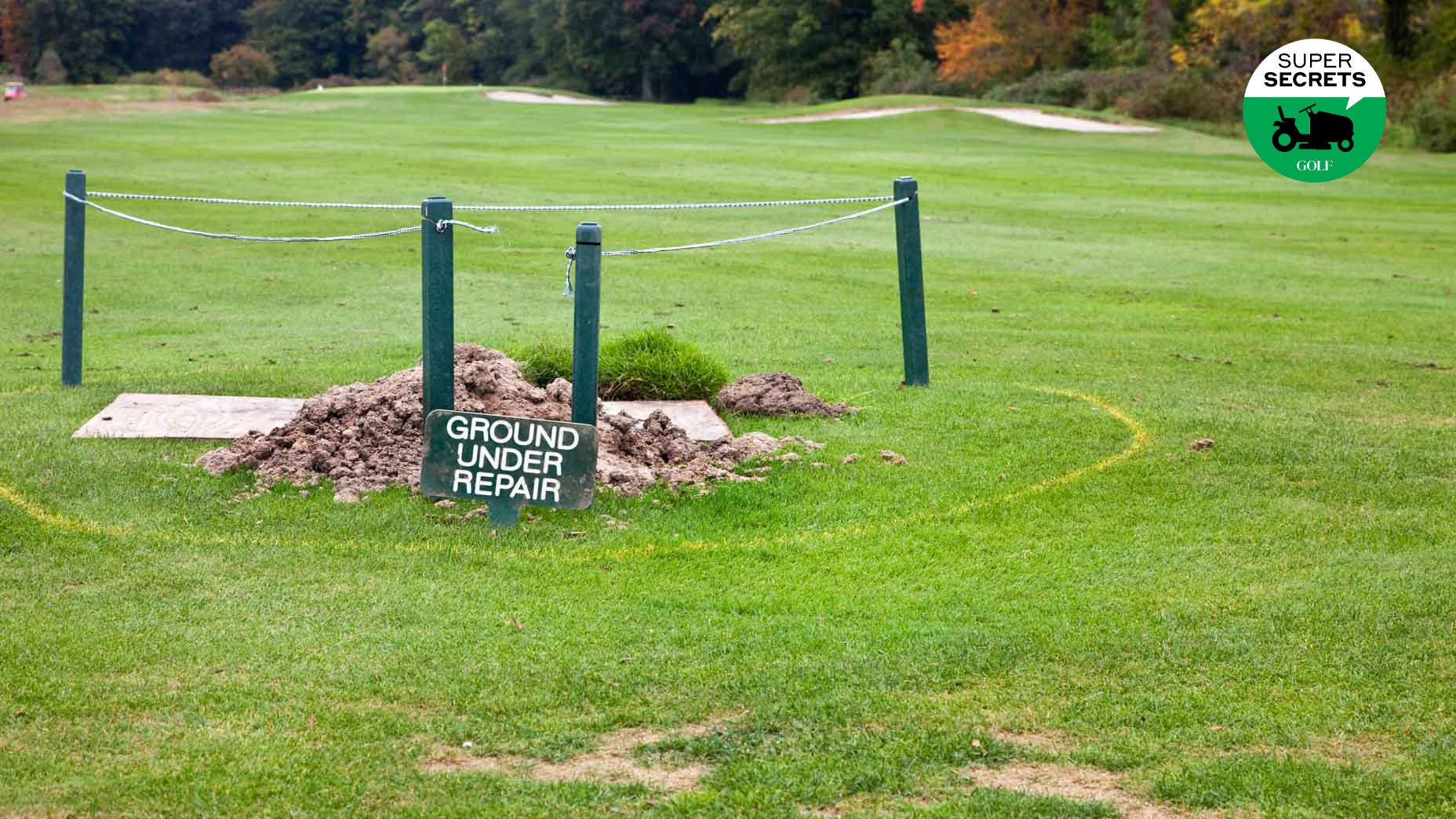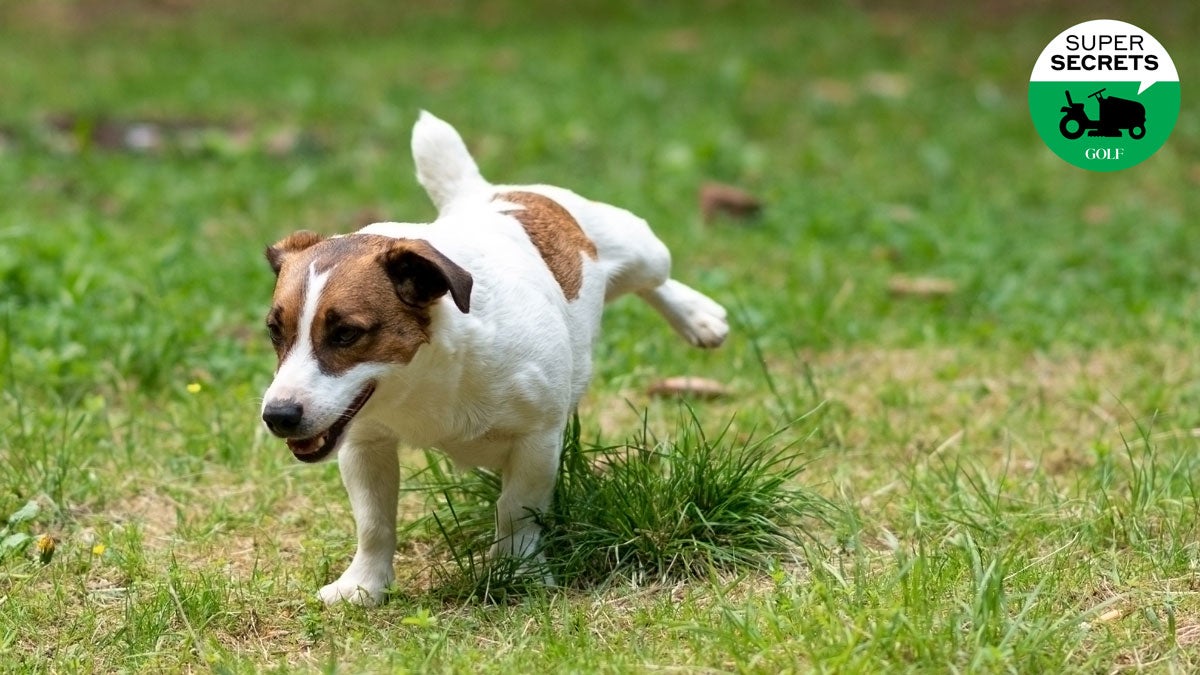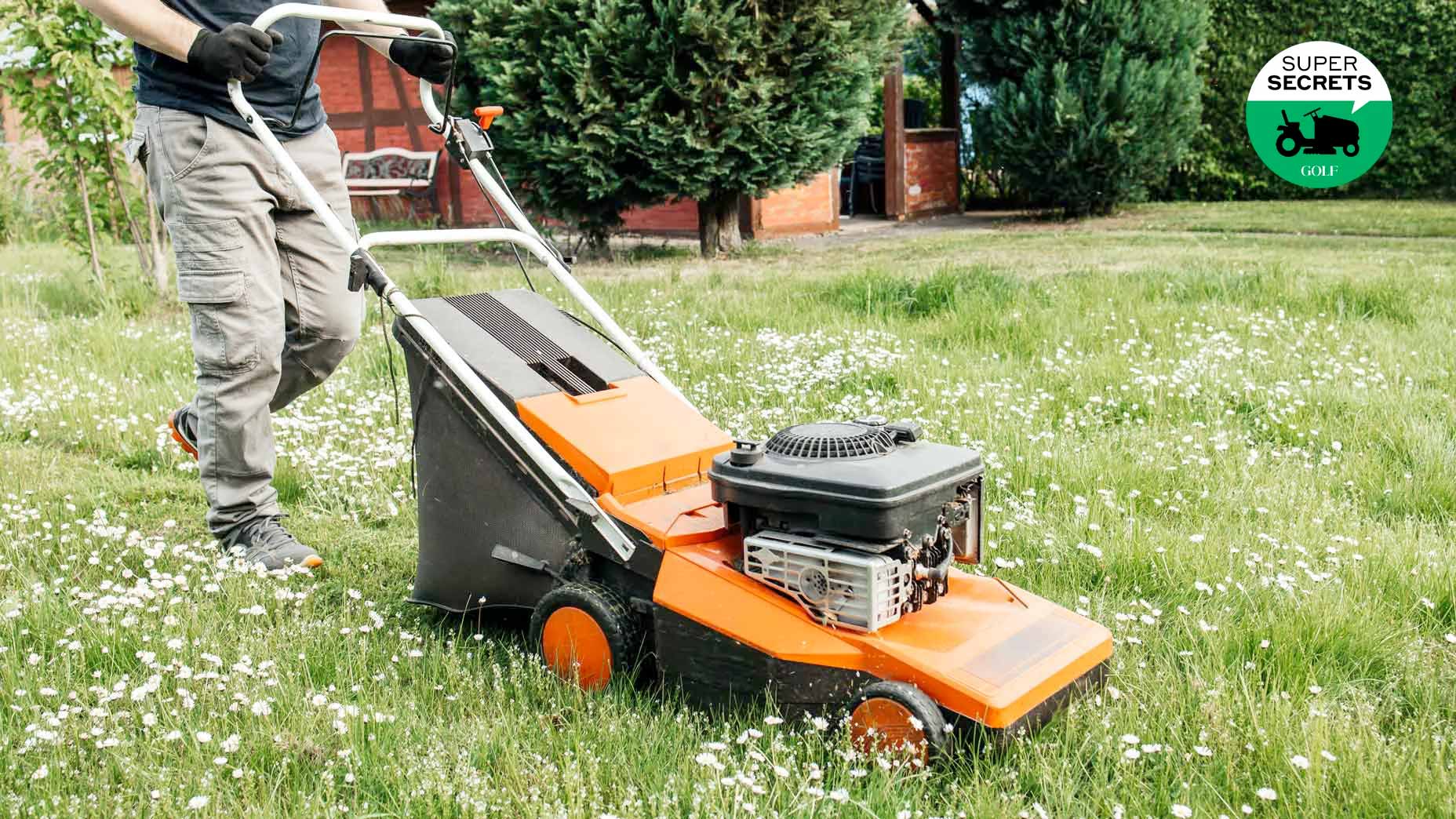5 key winter yard-care tips from the Pebble Beach superintendent
- Share on Facebook
- Share on Twitter
- Share by Email

Wet and cold conditions can be tough on golfers. And on turf. But these simple steps can help keep your yard healthy in the winter.
Getty Images
The PGA Tour is on its West Coast Swing, a stretch of the season marked by short sleeves and sunshine. Except when it isn’t.
In Palm Springs, where the American Express is taking place this week, it is dry and temperate today. But farther north, along the California coast, it has been cool and damp, and the forecast calls for rain over the next four days.
Wet and cold conditions can be tough on golfers. Agronomy teams, too.
Pete Bachman, a longtime member of the Golf Course Superintendents Association of America, is the newly appointed superintendent at Pebble Beach Golf Links, which will host the AT&T Pebble Beach Pro-Am early next month.
As if prepping for a tournament isn’t work enough, there is also the matter of keeping up the course for daily resort play, which will continue up to the start of the event.
Combine that with the challenges of wintry weather, and Bachman and his team have their hands full.
On a brisk morning this week, with a storm bearing down on Northern California, we rang up Bachman to ask about the special steps required to care for turf in cold and wet conditions, and what lessons there might be for those of us tending to lawns at home.
Raise mowing heights
As long as grass is growing (and not dead or dormant), it needs mowing. But in wet and cold conditions, turf is more susceptible to damage and disease, so extra caution is required. At Pebble, Bachman and his team mow greens daily throughout the year, but they cut back on rolling to once a week (down from two to three times a week in warmer, drier times). And when the ground is damp, they use lighter mowers. “They might be less efficient,” Bachman says of the machines, “but there’s much less chance of doing any harm.”
How low they mow depends on the weather. But in wet conditions, Bachman and Co. raise the mowing heights on greens by a couple hundredths of an inch — a fraction so tiny most golfers would never notice. But it helps protect the turf.
Playing Pebble Beach? Here are 5 basics to know before you goBy: Zephyr Melton
At home, there’s no need to be so precise. But a similar principle applies. You should mow less frequently, and raise the mowing heights. By how often and how much? A lot depends on where you live and what you want out of your yard. But here’s a good rule of thumb: if you usually mow once a week, Bachman says, try switching to once every 10 to 14 days. What’s more, when you mow, abide by the one-third rule: never lop off more than one-third of the blade at a time. Any more than that risks causing serious damage to the plant.
Minimize foot traffic
At Pebble, as at many other courses, they rope off saturated ground to protect it from carts and foot traffic. Doing the same at home is probably excessive. But, Bachman says, don’t host a garden party when your yard is wet, and try not to tramp across it at all. Also: there’s a reason golf courses call frost delays. If your yard is frozen over, stay off it, or you’ll risk shattering the plant cells, which can lead to serious damage and even kill the grass.
Use sharp blades
Dull mower blades don’t cut. They tear. And while this is not a problem at Pebble Beach, where skilled mechanics care for the machines, it is something to watch for at home, especially during the rainy season, when a pass with a dull power can rip up large toupees of turf. If you’re not equipped to do the job yourself, most home and garden stores can handle sharpening for you. It pays to get this done at least once a year.
Don’t mow wet grass
Here’s an easy litmus test: If you pass your hand over the grass and it picks up any moisture, don’t mow. This might mean waiting for a long break in the weather, but it’s worth being patient to avoid the risk.
Fertilize
Dormant and slow-growing grass still needs nourishment to keep the canopy healthy and prevent weed encroachment. But different fertilizers work better at different times of year. During the winter, Bachman and his team switch from a slow-release nitrogen source to a quick-release fertilizer, which is better suited to the colder soil temperatures. Bottom line: consult with an expert at your home and garden store to see what’s best for your yard and the season.
Latest In Lifestyle

Josh Sens
Golf.com Editor
A golf, food and travel writer, Josh Sens has been a GOLF Magazine contributor since 2004 and now contributes across all of GOLF’s platforms. His work has been anthologized in The Best American Sportswriting. He is also the co-author, with Sammy Hagar, of Are We Having Any Fun Yet: the Cooking and Partying Handbook.










